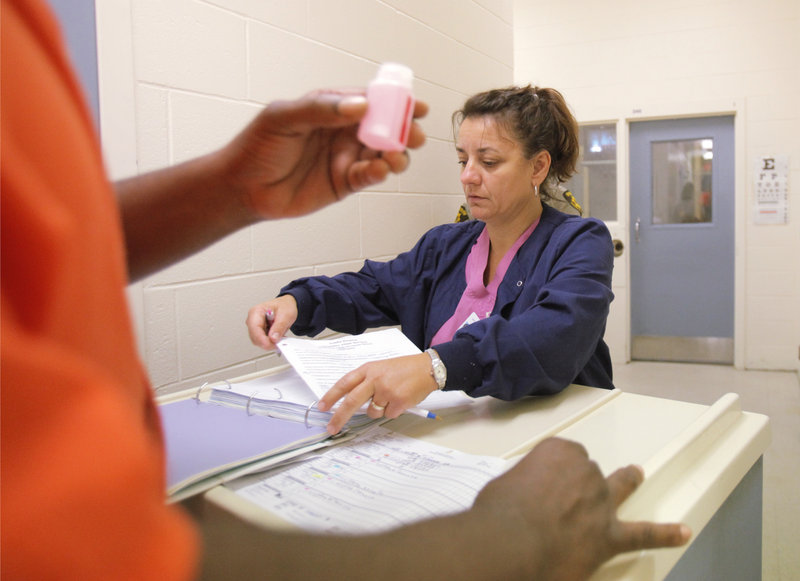In 2017, while drug overdoses hit new records across the country, they began to recede in Rhode Island. How did the small state buck such a powerful trend? By providing to some of its most vulnerable residents the treatment proven most successful in saving lives.
In 2016, the Rhode Island Department of Corrections began screening all inmates for opioid use disorder and providing those who needed it with medications for addiction treatment — methadone and Suboxone to quell cravings, and Vivitrol to prevent users from getting high.
Those medications — particularly methadone and Suboxone — are the gold standard of addiction treatment, shown to keep people alive and clean at much higher rates than other avenues, and they have proved their worth once again here.
A study comparing the six months before the program started to the same period a year later found that overdose deaths of inmates recently released from Rhode Island prisons dropped 61 percent. The program, the study found, was a major reason why overdose deaths among the state’s general population dropped 12 percent in the same period, at a time when the widespread use of powerful synthetic opioids like fentanyl was killing people at record pace throughout the country, including in Maine.
The results highlight just how big a problem substance use disorder is among the prison population, and how fraught the time is around their release.
While incarcerated, an opioid user is forced to quit cold turkey, so when they are released, their tolerance is low. But the brain pathways controlling addiction are still there, and if they fall back into their old life, using opioids at the same level as before they went to prison, there is a good chance their body won’t be able to take it.
The Rhode Island program, however, gets prisoners into treatment while they are incarcerated and continues it in the outside world, meaning they’ll be less likely to backslide, and because they are using medication, less likely to overdose if they do.
That should be the model for dealing with inmates with addiction — the reason many of them are in prison in the first place. Jail and prison officials have long said that they are on the frontlines of the opioid battle, but states have been slow to send them reinforcements — few jails and prisons offer real access to drug treatment.
In Maine, Penobscot County Jail has a Vivitrol pilot program, though that’s the least effective of the medications. Gov. Paul LePage has talked about adding treatment beds to the state prison in Windham, but legislators complained last month that they haven’t seen a detailed plan.
And it doesn’t just apply to prisons. Physicians and addiction specialists have been calling since the beginning of the opioid epidemic for greater access overall to proven courses of treatment, and the Rhode Island program shows why — it works. Free from debilitating opioid cravings and the overpowering need to score drugs, people get their lives back.
At the very least, when in treatment, they are not buying drugs or stealing to finance a habit. They are not abusing dangerous drugs, with the threat of overdose and death always right there. At best, and often, they are able to go to school, work, or parent.
The Rhode Island program, and mountains of other research before it, has proved that to be true. It is telling us how to slow the devastation of this terrible epidemic, and we should listen.
Send questions/comments to the editors.



Comments are no longer available on this story